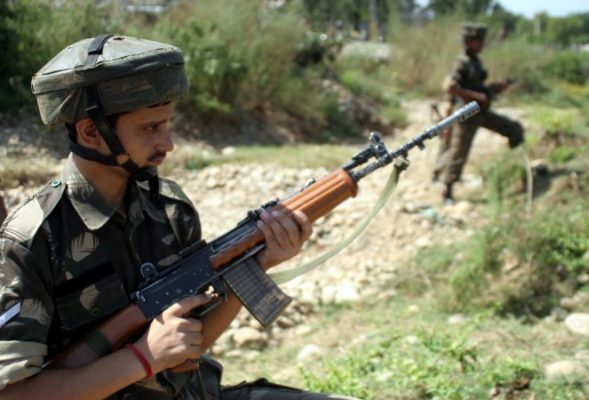
New Delhi: Without much fanfare and in a silent operation, the Indian Army wrested the advantage in the Pangong Tso area — a sector witnessing heightened India-China military tensions — with the occupation of heights on the south bank of the lake and repositioning of forces on ridgelines in the fingers or spurs on the north bank.
Indian forces had been placed in a difficult position after Chinese troops established a heavy presence on the ridges or the Finger 4-8 area earlier in the year. Despite a small pullback, they had retained what was seen as a tactical edge on the ridgelines.
With neither military-to-military talks nor high-level diplomatic discussions yielding results and China’s professed commitment to dialogue failing to translate into tangible action, the Indian forces began to plan a response aimed at restoring parity that would neutralise the upper hand held by the intruding PLA troops.
Sources said the plan to “occupy” the heights on the south bank of Pangong Tso had been in the works and would have been operationalised irrespective of the attempted advance of Chinese troops in the area on the night of August 29. While it was imperative to prevent the PLA contingent from ascending, the Army used the provocation to put its plan into action as well.
Along with the south bank manoeuvre, a repositioning of Indian forces in the finger area on the north bank of the lake has completed the operation to snatch the advantage held by PLA since the military tensions erupted in early May.
Though India has not provided much details about the developments, sources said the balance at Pangong Tso stood drastically altered. The steady stream of angry commentary in Chinese “official” media and foreign ministry statements accusing India of “violating consensus” and urging that it immediately discipline frontline troops is evidence of Beijing’s discomfiture.
The view in New Delhi is that the previous sweet talk about the need to see differences in the broader perspective of shared goals was simply aimed at fobbing off India and consolidating a changed status quo.









